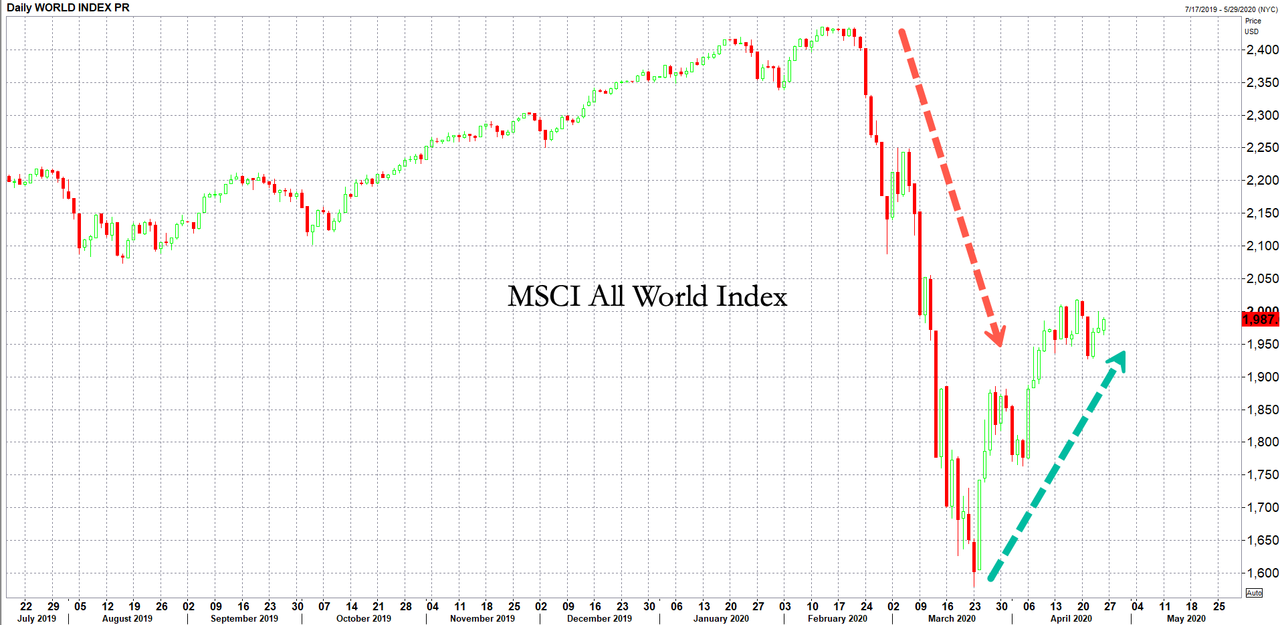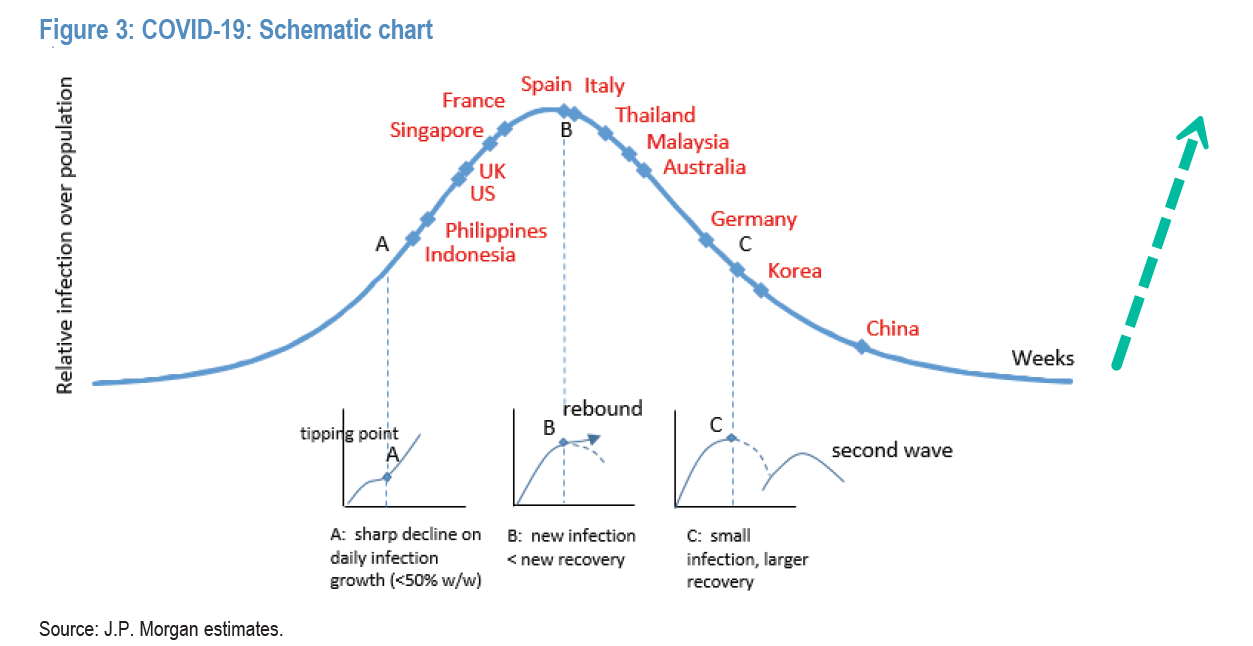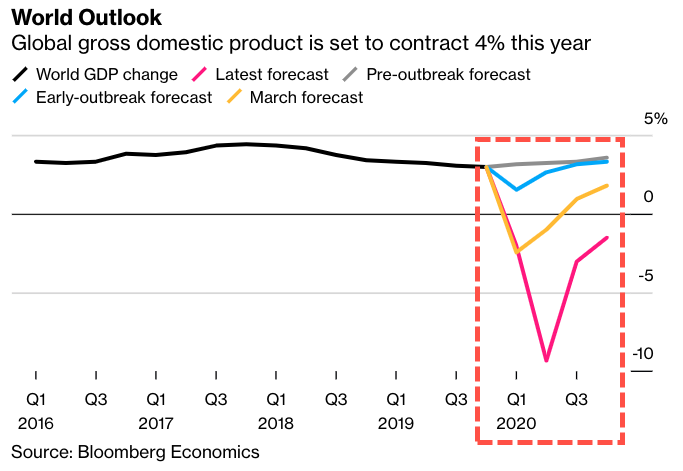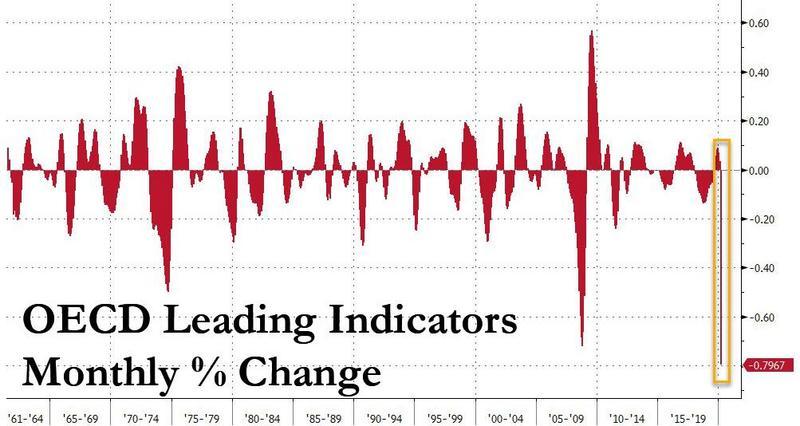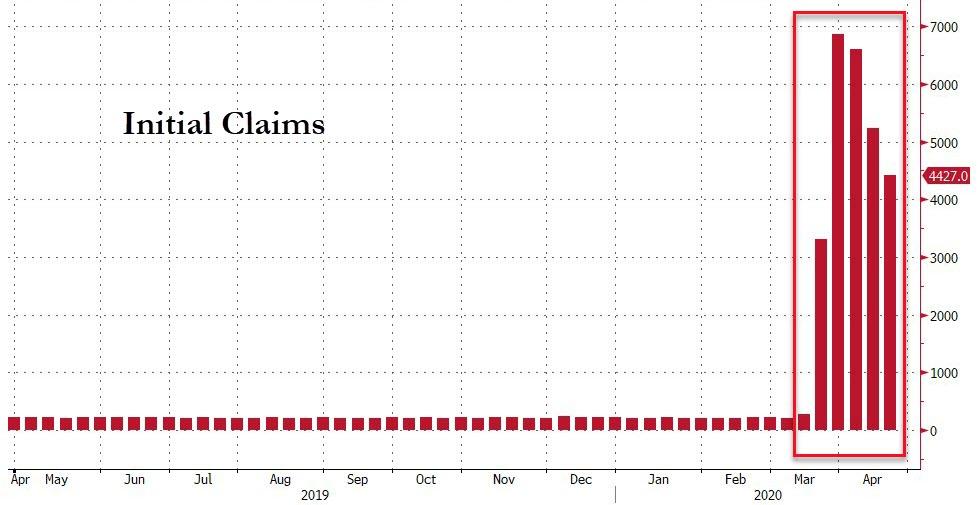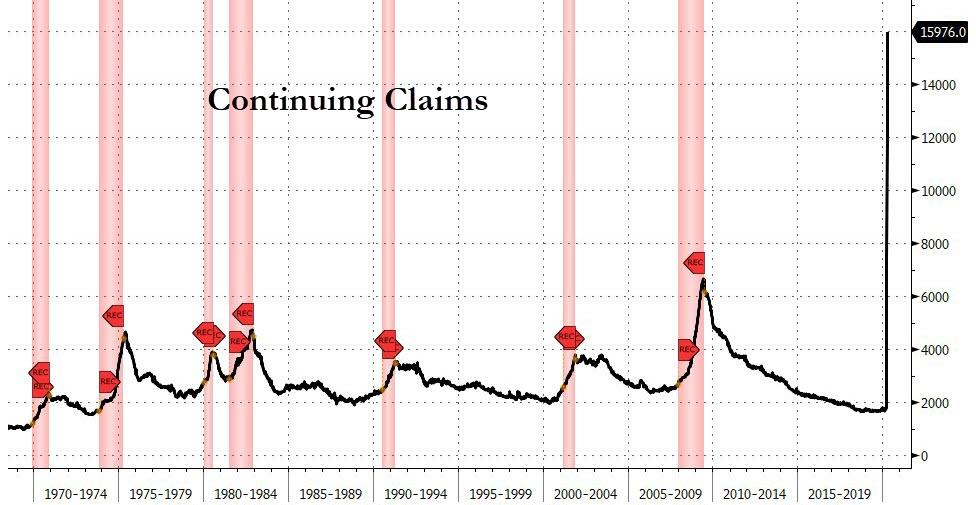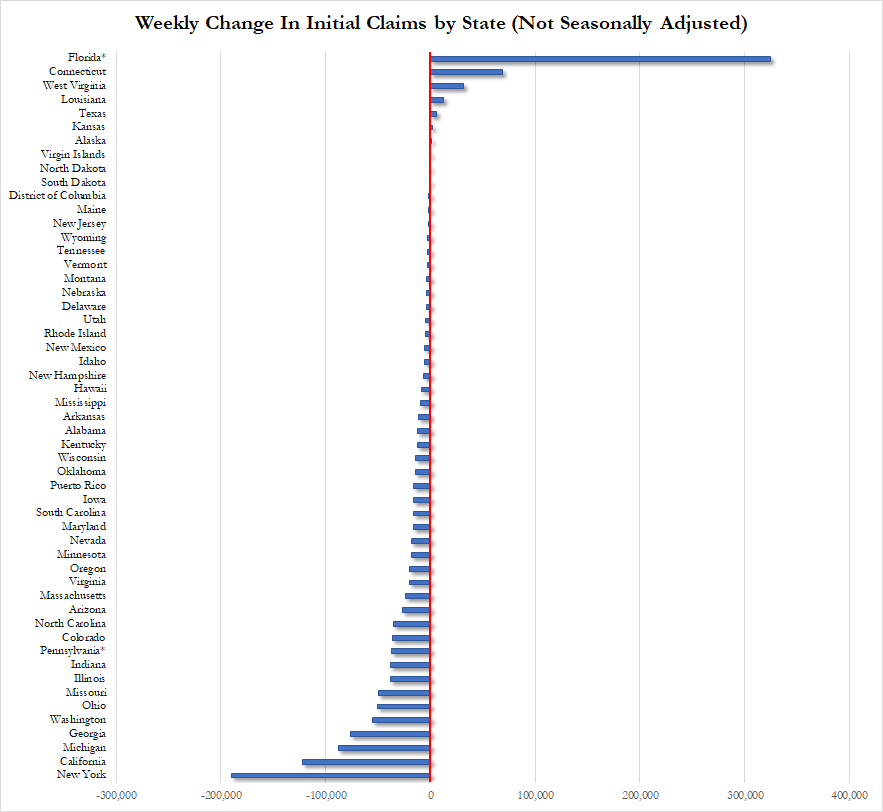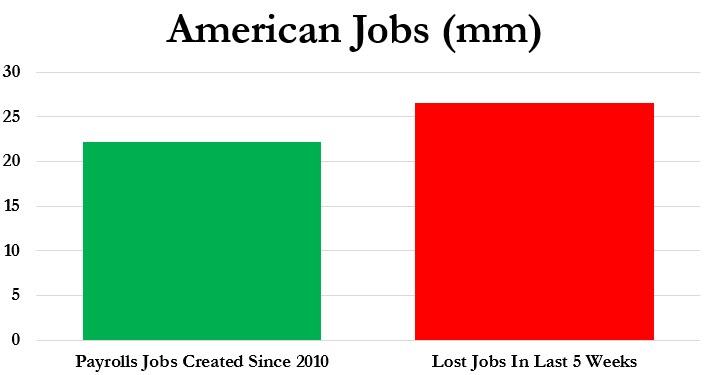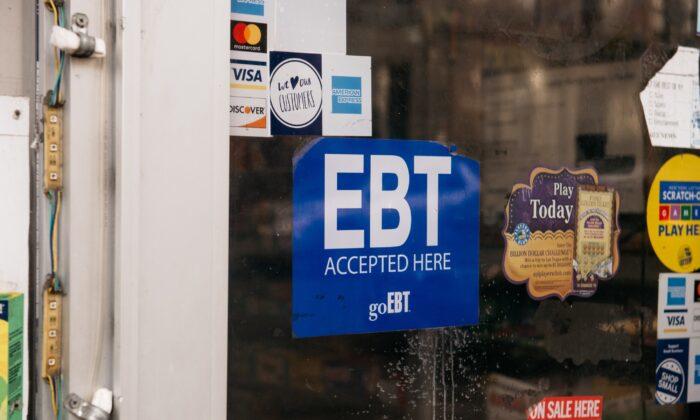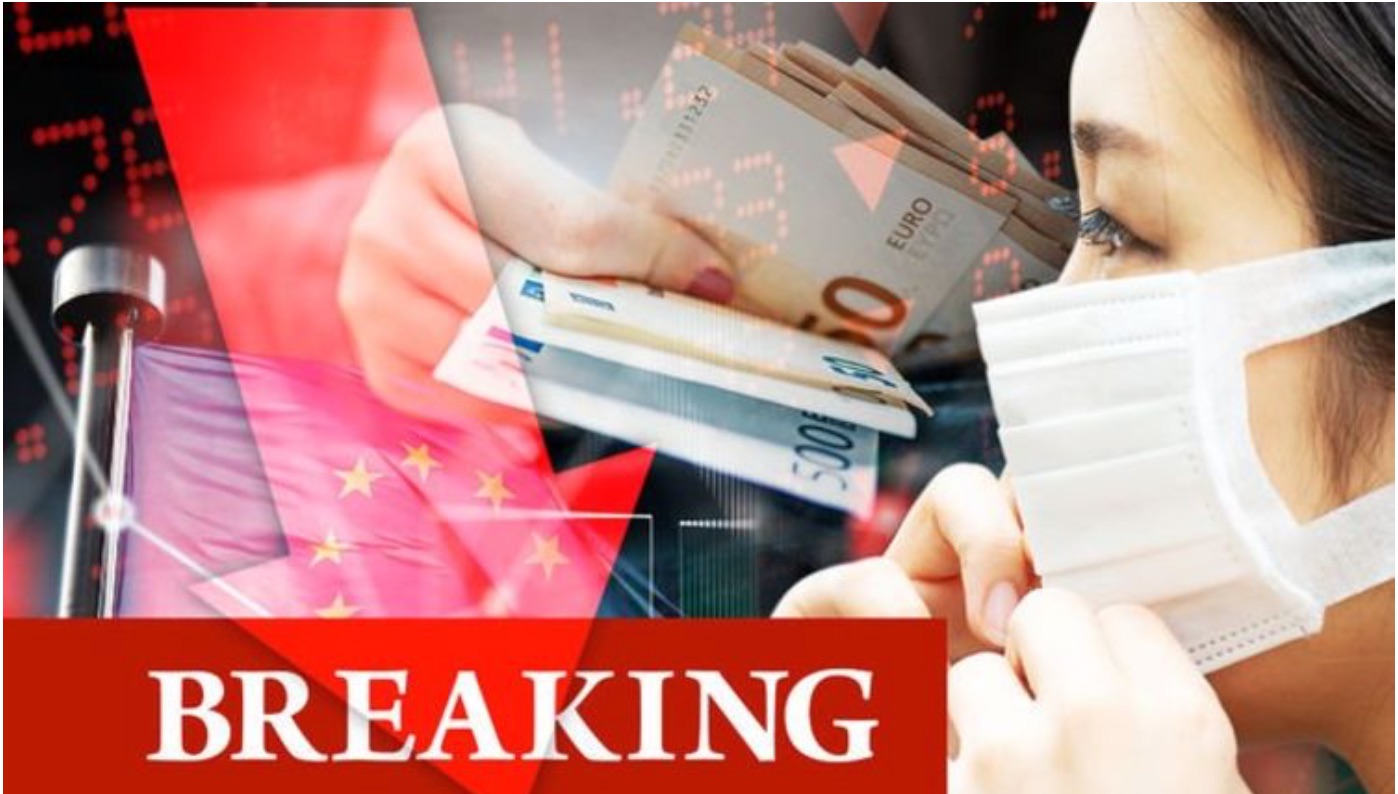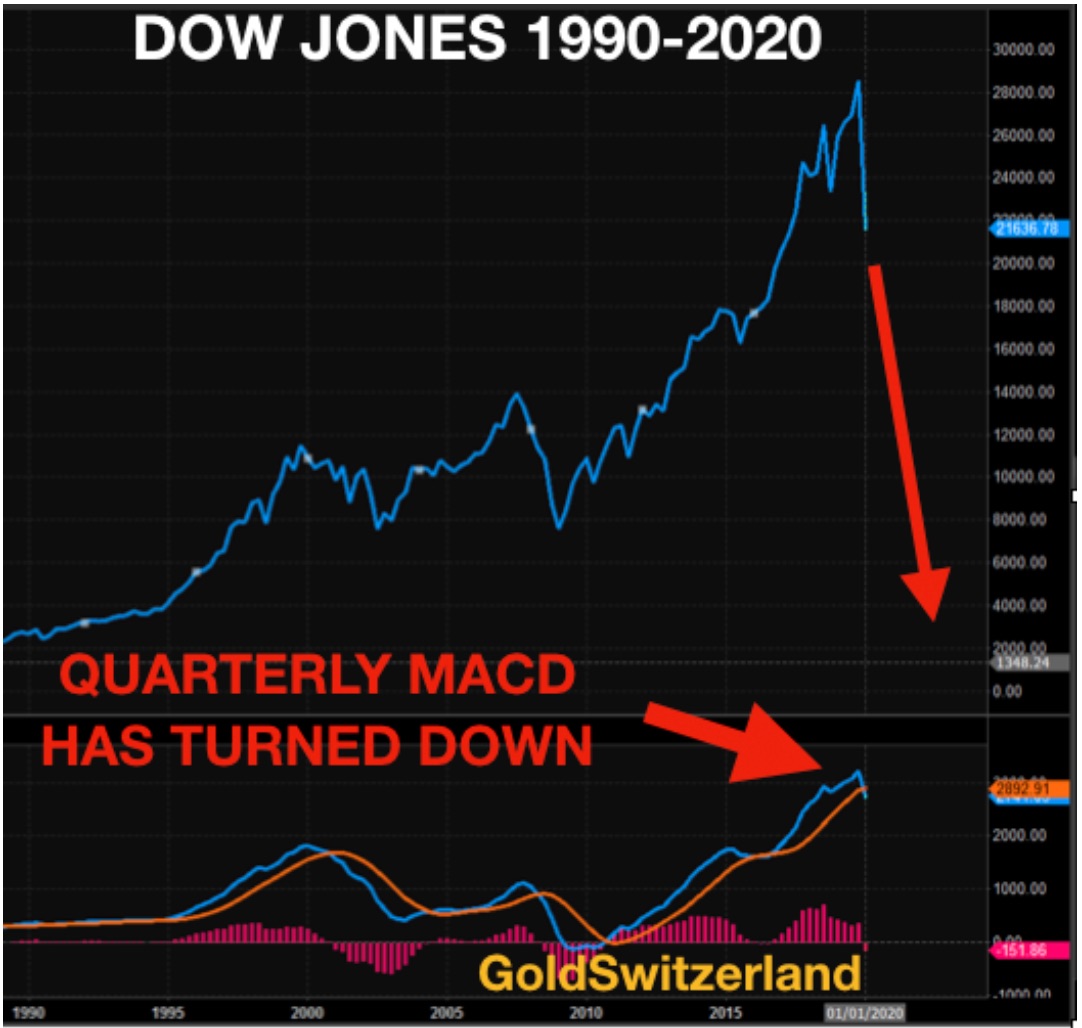Among the many political shortcomings that the pandemic has laid bare is that the U.S. suffers from constitutional and statutory gaps that make its democracy, and even its basic governing ability, vulnerable in an emergency. The good news? The hard thinking about this problem has mostly already been done. The bad news? No one who can do anything about it seems to care — and the incentives for undertaking the needed reforms are slim indeed.The last time the U.S. perceived a major threat to the functioning of the republic was after the Sept. 11 attacks. It didn’t take much to realize that the nation was vulnerable; in fact, the post-9/11 culture rapidly produced fictional scenarios in which some obscure cabinet secretary ended up in the Oval Office after a crisis, or devious politicians manipulated the existing and poorly designed order of presidential succession. If people cared more about Congress, there would’ve been just as many doomsday stories centered on the legislature, which is similarly ill-prepared.
In response, two Washington think tanks put together an all-star commission to study how to safeguard the government in a crisis. It duly published its reports, and then … nothing. The government remains as vulnerable now as it was in 2001. Unfortunately, this is exactly the kind of long-term planning that individual politicians have few incentives to engage in, aside from patriotism or a sense of responsibility.Long-term planning is always a problem in democracies. No one will reward the officials who stockpile ventilators and masks for years before they’re needed. In fact, politicians who invest in overflow capacity may wind up facing criticism for wasting precious resources. But at least tangible items like ventilators might be readily defended; not one in a million voters is going to care about the mechanisms for keeping the government running in an emergency until it’s too late.
Just because this inaction is understandable doesn’t excuse it. Perhaps the pandemic will finally offer a much-needed call to action. So what needs to be done?
I'll start with the presidency. The good news is that the Constitution specifies what happens if a president dies or is incapacitated, and the Presidential Succession Act stipulates procedures if the vice presidency is also vacant. The bad news is that neither the Constitution nor the law plug all the foreseeable loopholes. Two are particularly glaring.
One is that the current statutory line of succession after the vice president — in which the powers of the presidency would go to the speaker of the House, then to the president pro tempore of the Senate and then to cabinet secretaries based on when their departments were established — relies entirely on people who are based in Washington. In any scenario in which anything more than the first few successors are needed, having a geographically compact group is dangerous. This would be just as true for a terrorist attack as for the current pandemic.
The second problem is that members of Congress shouldn’t be in the line of succession at all. It’s contrary to the design of the U.S. government, and introduces perverse incentives. It’s not hard to imagine a case — with a divided government and a disease-ravaged Washington — in which the vice president dies and the president is incapacitated, but refuses to yield power to a speaker from the other party, leaving no one at the helm during an emergency.
The solution put forward by the Continuity of Government Commission was to remove members of Congress and all but the most senior cabinet secretaries from the line of succession, then to add a few specially designated successors at the end of the line. These new officers would be nominated by the president and confirmed by the Senate. In theory, they’d be former senior officials, based outside of Washington, who would have much broader experience than a typical secretary of transportation or veterans affairs. A Republican might select Dick Cheney or Condoleezza Rice; a Democrat might choose Hillary Clinton or John Kerry.
The president could pick, say, four of these officers, and they’d then get regular security briefings so that they’d be ready in case of a disaster. *****Congress presents a harder challenge. Both chambers lack provisions for functioning when they’re unable to meet in Washington. Neither has a procedure for dealing with the possibility that a large number of legislators become incapacitated. And while vacancies in the Senate can be filled by gubernatorial appointment (with procedures set by each state), members of the House can only be replaced by special election. These deficiencies leave open the possibility of a Congress utterly unable to act in an emergency.
Some proposed changes would require new laws, while filling House vacancies more rapidly would require a constitutional amendment. But one fix — allowing Congress to meet and vote remotely during an emergency — only requires each chamber to change its own rules, something that both should do immediately. (There have been recent discussions to that effect.) Most congressional scholars oppose allowing members to vote remotely during normal times. If allowed to, many members might never venture beyond their districts, leaving governing to the leadership. Still, that’s no rationale for prohibiting remote voting in emergencies.
Although the continuity commission did an excellent job studying governing institutions, it didn’t consider one of the most important aspects of a democracy: elections. The political scientist Norman Ornstein, who was a senior counselor to the commission, has been urging action to secure elections since at least 2004. The recent fiasco in Wisconsin, where the state legislature (with the backing of the Supreme Court) forced the presidential primary and some state elections to go ahead during the pandemic, demonstrated how important it is to have procedures drafted in advance for safeguarding elections — procedures that both parties could agree to before the partisan implications of election difficulties become apparent.For now, the immediate need is to arrange for and fund no-excuse absentee voting for elections held during the pandemic. I’m not a fan of universal vote-by-mail; I think that it’s (mildly) more susceptible to fraud than in-person voting, and that something is lost when voting as a communal activity is replaced by voting from home. In normal times, those values have to be balanced against the imperative that voting be made easy for all eligible citizens. Right now, though, the balance tips sharply in favor of vote-by-mail, and that requires making immediate preparations for November.*****What all these scenarios have in common is that the problems are clear and feasible solutions are at hand. Unfortunately, that’s not the recipe for success that it might seem.
Going forward, it’s still as necessary as it was in 2004 to set procedures in law for dealing with emergencies that disrupt elections. The main principle is that elections are, as Ornstein said back then, “the single most significant symbol of democracy,” and without a system that citizens accept as free and fair, democracy can’t survive. I’m fairly optimistic about achieving universal no-excuse absentee voting in the near future, since states have been moving in that direction for some time. But I’m less confident that the federal government will install permanent emergency procedures to secure future elections.
And that’s really the case across the board. The aftermath of the Sept. 11 attacks demonstrated that even with a disaster fresh in everyone’s minds, the incentives for politicians to engage in long-term emergency planning are simply insufficient to the task. Perhaps this time will be different. It certainly should be: The possibility of another pandemic disrupting the U.S. government now looks all too real.
Whether for the presidency, the legislature or the electoral system, there are fixes available that would help secure a nation in such a crisis — and most of the heavy intellectual lifting has already been done. All that’s needed is for Congress to act.
- Source, Yahoo Finance

